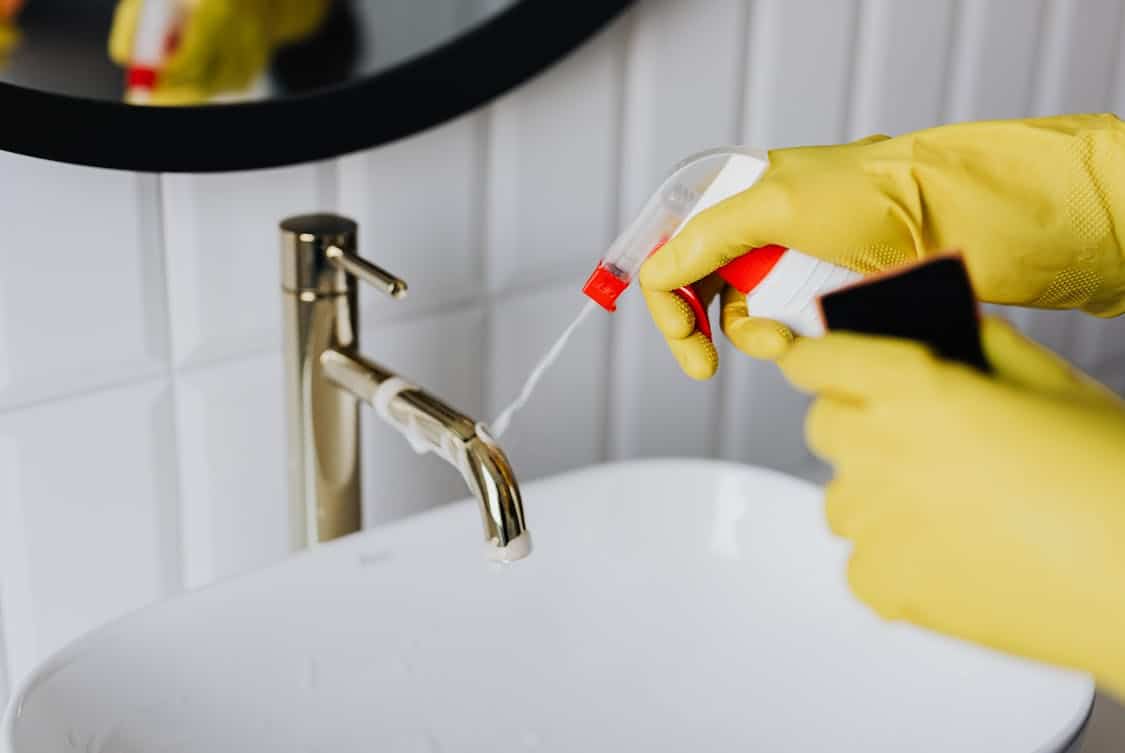Many of us take for granted the simple act of turning a tap. When it becomes stiff or unyielding, it can quickly turn a mundane task into a frustrating chore.
Whether it’s in your kitchen or bathroom, a stiff tap handle can cause inconvenience and concern. Let’s explore the common reasons behind this issue and how you might resolve it.
Understanding the Mechanism of Your Tap
Before diving into solutions, it’s essential to grasp how your tap works. Most taps consist of a handle, body, and a valve. When you turn the handle, it operates the valve that controls the water flow.
Over time, if any component is affected, the handle may become stiff, resulting in difficulty when turning it.
Common Reasons for Stiffness
Mineral Buildup
One of the leading culprits behind a stiff tap handle is mineral buildup. Hard water contains minerals that can accumulate in and around the components of your tap.
This buildup can restrict movement, making the handle feel stiff. A regular cleaning routine can help mitigate this issue.
Worn Washers or O-Rings
Washers and O-rings are small but vital parts that ensure a tight seal. Over time, these components can wear out, become brittle, or even disintegrate.
A worn washer may lead to stiffness when turning the handle. If you notice leaks or hear strange noises, this could be the problem you face.
Corrosion
Corrosion can occur on metal components due to prolonged exposure to water and air. Rust can form on the valve or the tap itself, leading to increased friction.
If your tap handle is metal and appears discolored, corrosion may be the reason behind its stiffness.
Lack of Lubrication
Like any mechanical device, taps require lubrication to function smoothly. Over time, the lubricant used in the tap’s mechanism can dry out or wash away, leading to stiffness in the handle.
A periodic application of a suitable lubricant can often resolve this issue.
How to Diagnose the Problem
Identifying the exact reason for a stiff tap handle may require some investigation.
If you’re uncertain or unable to pinpoint the problem, remember that local professionals ready for any job can conduct a thorough inspection and quickly diagnose the root cause of your tap’s stiffness.
Visual Inspection
Start with a close visual inspection of your tap. Look for signs of mineral buildup, rust, or any visible damage. Remove the handle if possible to see the internal components, which may reveal the underlying issue.
Test Water Flow
Open the tap to test the water flow. If the flow is weak and the handle is stiff, there may be mineral deposits inside the tap. If the flow is normal but the handle is still stiff, the issue may lie elsewhere, such as with worn parts.
Listen for Unusual Sounds
When turning the handle, pay attention to any unusual sounds. Grating or grinding noises can indicate that something isn’t moving smoothly, possibly due to corrosion or lack of lubrication.
Tackling the Stiff Handle

After diagnosing the issue, it’s time to take action. Depending on the problem, different approaches can be employed.
Cleaning the Tap
For mineral buildup, cleaning can be highly effective. A mixture of vinegar and water can help dissolve deposits. Soak a cloth in the solution and wrap it around the affected area.
Leave it for a few hours, then scrub gently with a soft brush.
Replacing Washers and O-Rings
If you’ve determined that worn washers or O-rings are the issue, replacing them is often straightforward. Turn off the water supply, remove the handle, and access the valve.
Replace any damaged parts with new ones, ensuring a snug fit.
Addressing Corrosion
If corrosion is the problem, consider using a rust remover. Apply the product according to the manufacturer’s instructions.
If the corrosion is severe, replacing the affected parts or even the entire tap may be necessary.
Lubrication
For taps that are simply stiff due to a lack of lubrication, a silicone-based lubricant can work wonders. Apply it directly to the moving parts of the tap, ensuring it penetrates well. Don’t overdo it, though; a little can go a long way.
When to Call a Professional
If you’ve tried the above methods and the handle remains stiff, it might be time to call in a professional. Sometimes, the issue is more complex than a simple fix.
A plumber can inspect the tap thoroughly, diagnose hidden problems, and provide solutions that you may not have considered.
Identifying Underlying Issues
A professional may spot underlying problems, such as issues with the plumbing or water pressure affecting the tap. They can offer advice on whether repairs are feasible or if a complete replacement is necessary.
Preventative Measures for Future Issues
Taking steps to prevent stiffness in your tap handles can save you from future headaches. Here are a few proactive measures you can incorporate into your routine.
Regular Maintenance
Regular maintenance is key to keeping your tap in good working order. Cleaning the tap periodically and checking for signs of wear can catch issues before they escalate.
Aim for a seasonal checkup to ensure everything is functioning smoothly.
Water Softening Systems
If you live in an area with hard water, investing in a water softening system can be a game changer. These systems reduce the minerals in your water, helping to prevent buildup in your taps and other fixtures.
Choosing Quality Fixtures
When it comes time to replace your tap, consider selecting high-quality fixtures. Investing in well-made taps can lead to fewer problems down the line, as they tend to have better materials and construction.
Educating Yourself on Tap Types
Understanding the different types of taps available can also aid in making informed decisions. Whether it’s compression, cartridge, or ball taps, each type has its quirks and maintenance needs.
Familiarizing yourself with these can help you select the right tap for your needs.






